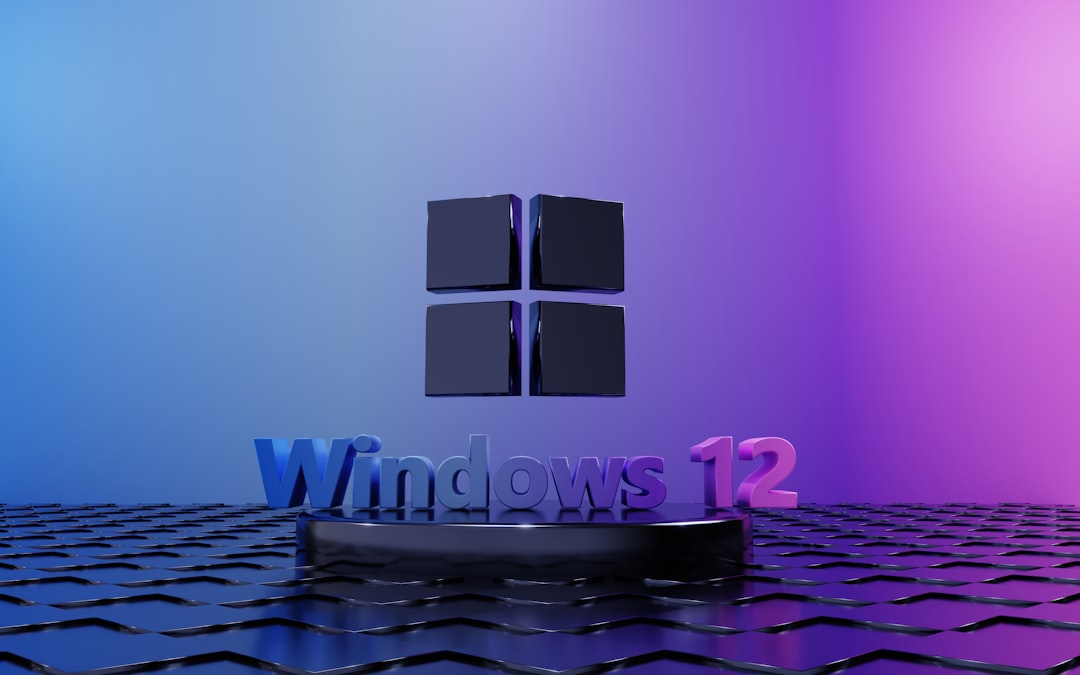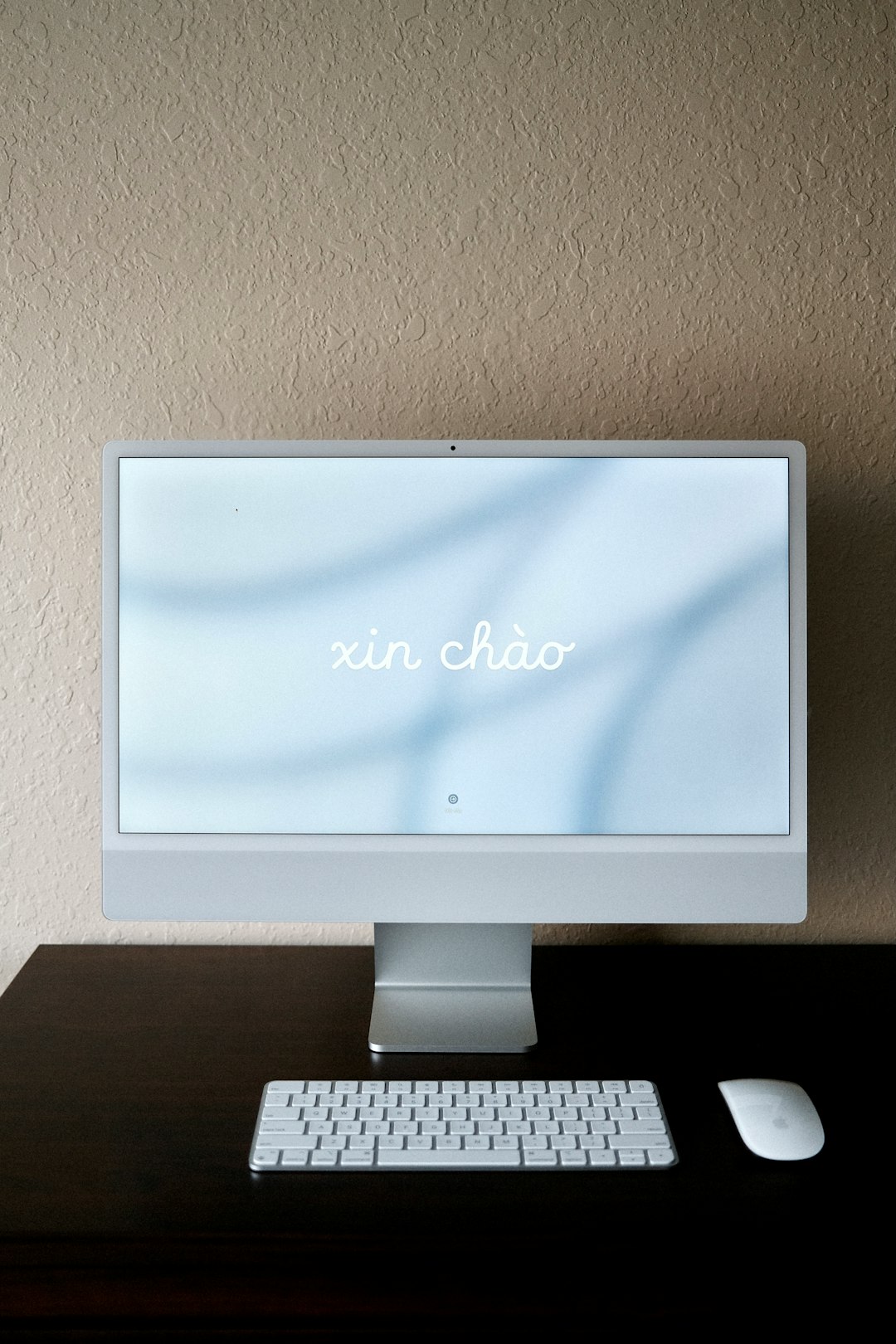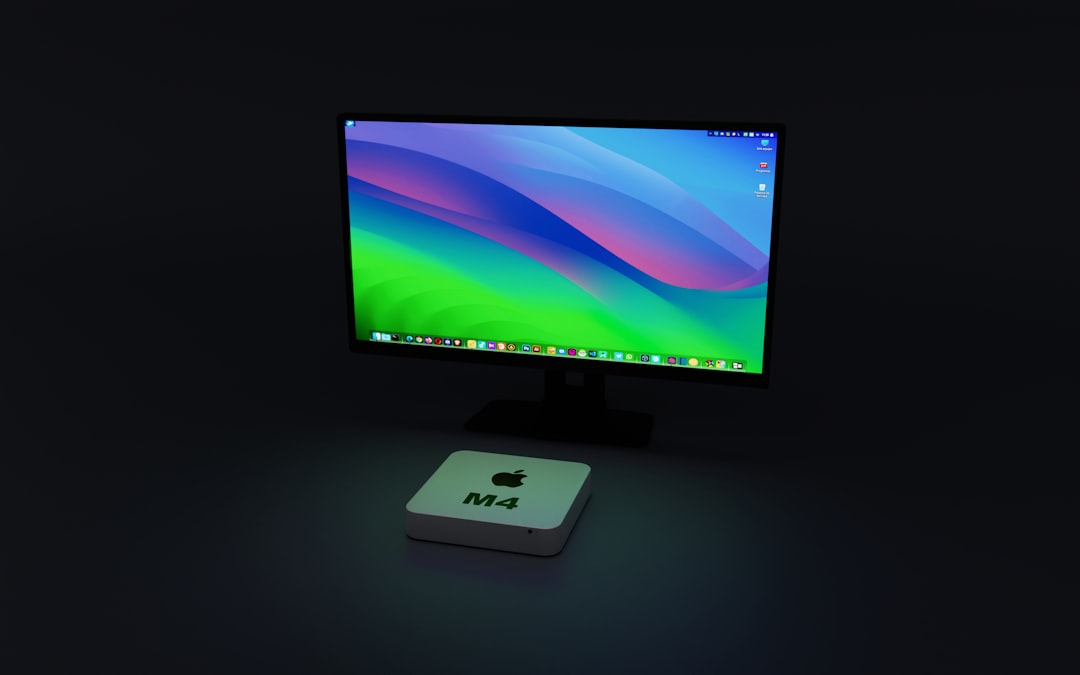Table of Contents
Virtualization has opened the door to reliving classic computing environments. Whether for software testing, nostalgia, or academic purposes, running an old operating system like Windows 98 on a modern machine is now possible through tools like VirtualBox. One of the critical steps in this process is obtaining and setting up a proper ISO image file of Windows 98. This guide will walk you through the process of creating a reliable Windows 98 ISO and configuring it for use in Oracle VirtualBox.
TL;DR
To run Windows 98 in VirtualBox, you’ll need a valid ISO image of the OS. This guide explains how to create one either from an original disc or by using legitimate backup methods, and how to configure VirtualBox for optimal performance. Important steps include preparing boot media, converting disc images to ISO format, and tweaking VirtualBox settings. While retrocomputing can be tricky, following the steps carefully can lead to a fully functional Windows 98 virtual environment.
What You Will Need
Before diving into the process, gather the necessary tools and resources:
- Original Windows 98 installation CD (preferably Second Edition)
- CD/DVD drive on your host machine (or external drive)
- Disc imaging software like ImgBurn or PowerISO
- Oracle VirtualBox, installed and updated
- Windows 98 OEM boot disk image (DOS-based)
Make sure that you possess a valid license for Windows 98. While the software is no longer commercially sold, using pirated versions may carry legal and ethical implications.
Step 1: Create an ISO from a Physical Windows 98 CD
If you own a physical Windows 98 CD, your best option is to create an exact ISO image from it. Follow these steps:
- Insert the Windows 98 CD into your computer’s CD/DVD drive.
- Launch your disc imaging software (e.g., ImgBurn).
- Select the option to create an image file from a disc.
- Choose a destination path and save the output in ISO format.
- Ensure the ISO is labeled correctly (e.g., Win98SE.iso).
This ensures that all files, including boot sectors and system files, are accurately preserved.
Note: Avoid modifying the ISO during extraction. Any alteration can cause setup errors during the installation phase.
Step 2: Obtain a Boot Disk Image
Since Windows 98 CDs often do not include a bootable image, you will also need a DOS-based boot disk.
You can find these boot disk files from trusted vintage computing websites or community forums. The most common file format is .img. A reliable source is the “AllBootDisks” archive, which offers clean and tested boot images for multiple versions of Windows.
Step 3: Install and Configure VirtualBox
With your ISO and boot disk ready, open VirtualBox and follow these steps to create a new virtual machine:
- Open VirtualBox and click “New”.
- Enter a name like Windows 98 SE.
- Select “Microsoft Windows” as the type, and “Windows 98” as the version.
- Allocate memory—512 MB is recommended if available.
- Create a virtual hard disk—2 GB to 10 GB is usually sufficient.
After the machine is created, click on it and go to “Settings”. Modify the following:
- System → Boot Order: Uncheck all except Floppy and CD-ROM (Floppy first).
- Display → Video Memory: Allocate maximum allowed.
- Storage → Controller: IDE: Add the Windows 98 ISO and boot disk .img.
Be sure to enable PAE/NX under the Processor tab in some cases. This can resolve certain compatibility issues during setup.

Step 4: Boot the Virtual Machine
Once the machine is configured, start it.
- The DOS boot image should load first, leading to the classic A:\ prompt.
- Format the virtual hard drive using
format C:. - Create necessary directories like
C:\WIN98for easier access during installation. - Copy Windows 98 setup files from the CD to the hard drive:
COPY D:\*.* C:\WIN98
Replace D: with the drive letter VirtualBox assigns to the CD-ROM drive.
Once files are copied:
- Navigate to the location where the files were copied:
C:\WIN98
- Start the installation:
setup.exe
The graphical setup interface should now appear.
Tip: If the setup encounters issues with HIMEM.SYS or SMARTDRV, it’s usually because memory management files are missing or improperly configured. Most boot images already include these.
Step 5: Post-Installation Configuration
Once setup is complete and Windows 98 boots, you’ll want to optimize settings:
- Install Guest Additions: Unfortunately, modern VirtualBox Guest Additions is not supported for Windows 98. Instead, use unofficial drivers like SciTech Display Doctor to improve video resolution and color depth.
- Enable Sound: Set audio to SoundBlaster 16 in VirtualBox settings. Install drivers inside Windows 98 accordingly.
- Networking: Choose PCnet-FAST III as the adapter type. Windows 98 should have partial driver support. If not, obtain the driver from the internet and transfer it via floppy image or ISO.

Step 6: Optimize Performance and Save State
Because Windows 98 doesn’t handle modern CPU instructions gracefully, don’t expect flawless speed. Still, performance can be tweaked:
- Disable VirtualBox’s I/O APIC and VT-x/AMD-V in the System settings.
- Avoid allocating multi-core processors. Set the VM to use a single core.
- Disable acceleration options if installation fails during early setup stages.
Once the system is fully configured and stable, create a “Saved State” in VirtualBox for quick startups instead of repeated booting procedures.
Troubleshooting Common Issues
Setting up such a legacy system is not without quirks. Here are a few typical errors and fixes:
- “Insufficient memory” during setup – Try reducing allocated RAM to 128–256 MB.
- “Drive not ready” – Make sure the boot disk image is attached to the floppy drive in VirtualBox.
- Installer freezes or crashes – Disable advanced system settings like VT-x.
Legal and Ethical Considerations
Always ensure that your use of legacy software adheres to copyright regulations. Using personal backups and original media for archival or educational purposes often falls under fair use in various jurisdictions. However, distribution of copyrighted ISO files online is prohibited and potentially illegal.
Conclusion
Running Windows 98 in a modern virtualized environment is a rewarding venture for technology enthusiasts and professionals alike. From software preservation to hands-on retro computing, VirtualBox provides a stable platform to recreate this classic operating system. By carefully creating a bootable ISO and correctly configuring VirtualBox, you can relive software that’s over two decades old with surprising ease.
Ensure each step is followed closely, and with patience, you’ll succeed in crafting a faithful Windows 98 virtual machine experience.

